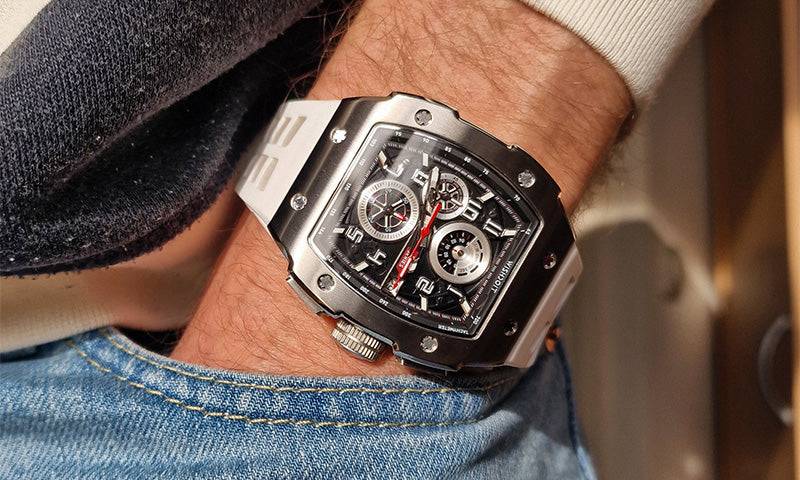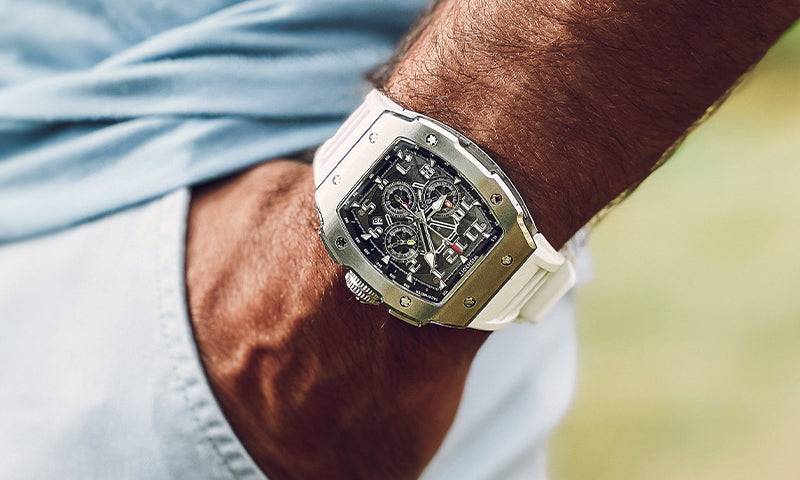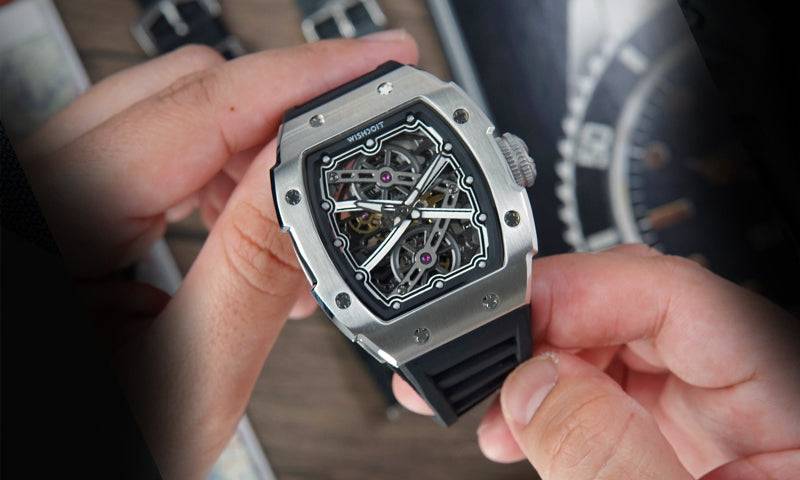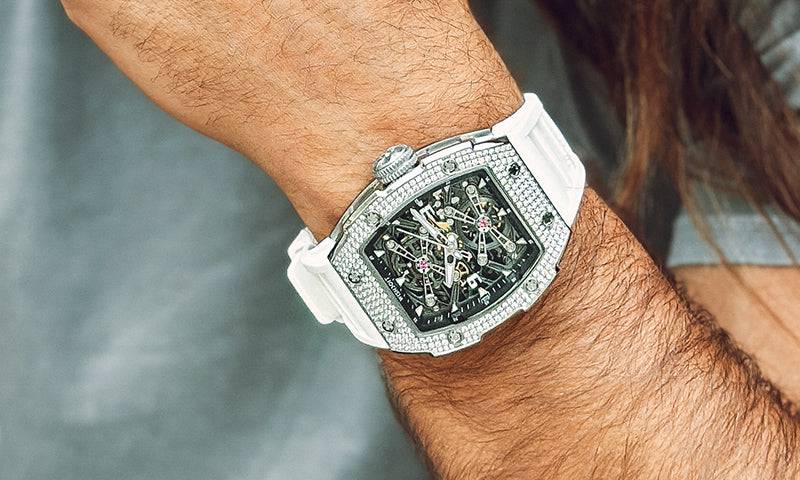Watches have played an important role in shaping the cultures of societies around the world. From the precision of Swiss watchmaking to the elegance of Italian design, each culture has its own unique perspective on what makes a great watch. But beyond the technical aspects of watchmaking, there is also a deeper cultural significance that can be seen in the way that people use and value their watches.
For example, in many cultures, watches are seen as a symbol of status and sophistication. A high-end watch can signal to others that the wearer is successful and wealthy, and it can help to establish social connections and networks. In this way, watches become part of the social fabric of a particular culture, helping to reinforce existing hierarchies and power structures.
In other cultures, watches are more utilitarian in nature, serving as tools for measuring time and keeping track of daily activities. In these cultures, watches are valued more for their functionality and reliability than for their aesthetic qualities or brand cachet. For example, in Japan, where punctuality is highly valued, watches are seen as an essential tool for keeping track of time and staying on schedule.
But regardless of the cultural context, watches have always had a certain mystique and allure that transcends their practical function. The intricate mechanical movements, the gleaming metal cases, and the intricate dials and hands all combine to create a sense of wonder and fascination that is hard to resist. Even in a digital age where time can be measured with a simple swipe on a smartphone, there is still something special about the tactile experience of wearing and using a watch.
From a marketing perspective, the cultural significance of watches presents both opportunities and challenges. On the one hand, brands that can tap into the emotional resonance of a particular culture can create a sense of connection and loyalty with their target audience. This can help to drive sales and build brand equity over the long term.
On the other hand, the cultural significance of watches can also create barriers to entry for new brands. In order to be successful in a particular market, a brand must not only offer a high-quality product, but also understand the cultural context in which it will be sold. This requires a deep understanding of the values, beliefs, and attitudes of the target audience, as well as the ability to communicate a brand message that resonates with these cultural norms.
In conclusion, the connection between watches and culture is a rich and complex topic that is worthy of further exploration. Whether seen as symbols of status and sophistication or as essential tools for measuring time, watches have played an important role in shaping the cultures of societies around the world. As a watch enthusiast, I look forward to continuing to explore this fascinating topic in the years to come.
You’ll also like:
Top 5 Best Everyday Watch Under $500
What Makes a Good Watch? A Guide to Choosing the Right Timepiece






























